A machine-learning model probes the relationship between a wine’s consumer rating and its chemical profile. The work provides new insight into how different chemical markers influence consumers’ perceptions of wine quality.
Assessing wine quality is an inherently challenging and subjective process, with no universal indicator of what constitutes a ‘good’ wine. While panels of trained sommeliers can provide expert opinions, they represent only a small proportion of all consumers.
Scientists in Denmark and Germany have now investigated the chemical factors that influence wine preferences by combining analytical chemistry data with ratings from the wine app Vivino – in which scores out of five are crowdsourced by the app’s millions of users. The researchers trained a machine-learning model using mass and infra-red spectra for 89 white wines, 64 of which had been scored in the Vivino app. This provided information on 145 volatile organic compounds identified in the headspace above the wines, as well as details like ethanol concentration, density and the content of various sugars and acids.
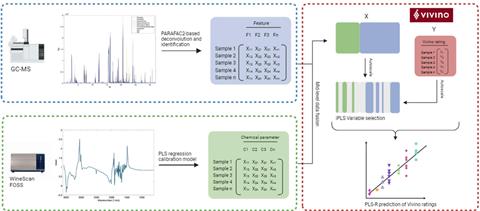
The researchers found that certain esters correlated with lower rated wines, while the presence of some terpenoids, reducing sugars and lactic acid seems to rank well among consumers. The researchers note that the presence or absence of these compounds does not automatically determine a wine’s rating, with many variables contributing to the relationship between chemical composition and consumers’ quality ratings.
The team suggests that in future the model could be expanded to include text-processing of reviews, expert ratings and sensory analysis to give an even more comprehensive tool for wine quality assessment.
References
F Hjertholm et al, Food Chem., 2025, DOI: 10.1016/j.foodchem.2025.145376




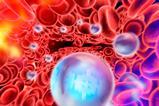
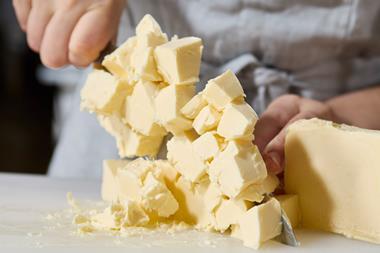
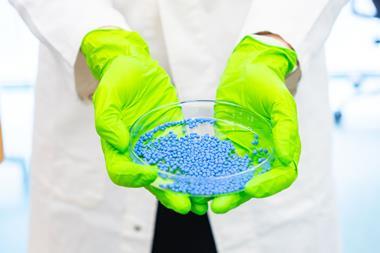



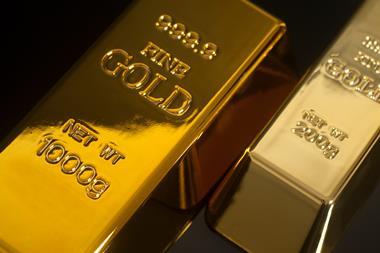



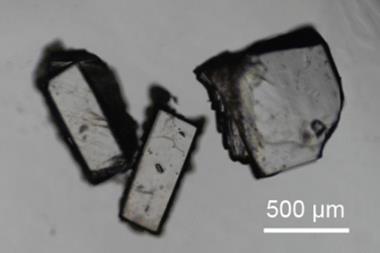
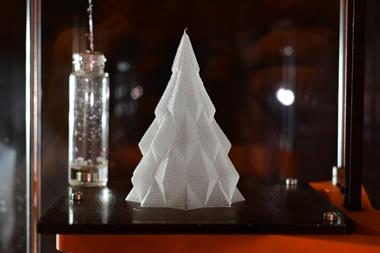
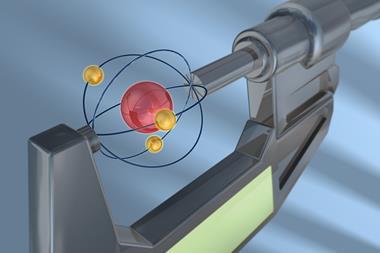
No comments yet